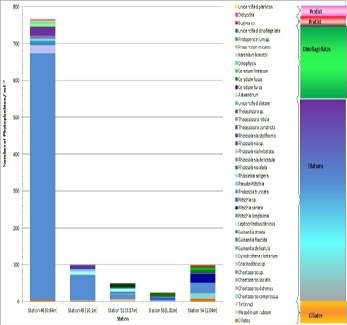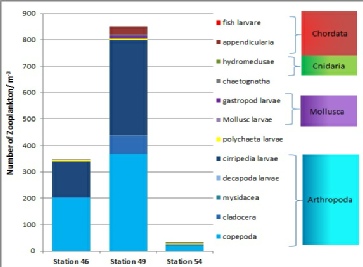
Estuary Biology

Zooplankton
Due to the presence of the dinoflagellate bloom, at station 54, the net sample had very little plankton present. Copepods and Mysidacea dominated the sample, but at very small populations of 18/m3 and 7/m3 respectively. Larvae were present, 3 polychaete per m3 and 1 bivalve veliger, but their sparse population suggest that they are less tolerant of waters that are depleted of oxygen. All samples are dominated by anthropoda. From the phytoplankton results we would expect the zoo plankton sample at station 46 to be high, however, station 49 has considerably higher abundance levels. This irregularity could be due to the inefficient sampling system.
Phytoplankton
The sample taken by plankton net at Black Rock was dominated by a bloom of the Dinoflagellate Ceratium fusus, with approximately 2x1010 cells per m3 and a total of 17 for the tow. The bloom was evident straight away, from the turbid, orange colour of the sample.
According to Baek (2008), C.fusus is most abundant in surface layers and can maintain dense populations even at low nutrient concentrations. This is due to their mixotrophic lifestyle (feeding through both photosynthesis and phagocytosis) and “excessive cellular storage” of nutrients that are unrelated to growth. C.fusus cause red tides, but are not toxic. However, the presence of a red tide still causes environmental stress by depleting nutrients and O2 (Begun 1841.)
At the earlier stations, that are further upstream, diatoms are far more dominant. Nutrient levels are considerably higher where riverine inputs are more influential. Diatoms require greater nutrients concentrations that dinoflagellates, especially silicon, this pattern of zonation is therefore likely to be due to nutrient concentrations

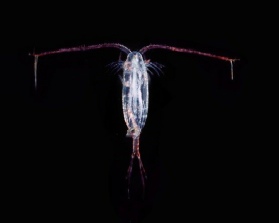
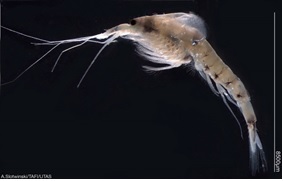
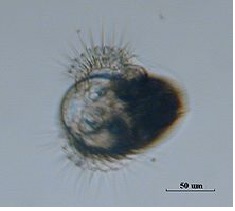
Figure1: Zooplankton species population per ml-3 for sampled stations with depth.
Images from the internet for dominant zooplankton species found in the water column. Above left: Copepod. Above centre: Nautilia. Above Right: Mytilus.
Figure 2: Phytoplankton species population per ml-3 for each sampled station with labelled depths.
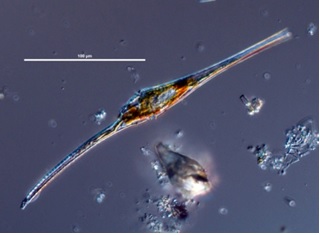
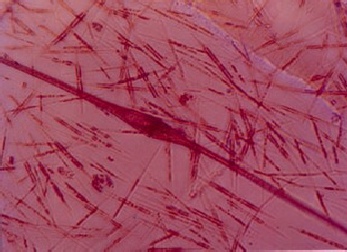
Images of Ceratium fusus, the dominant dinoflagellate found in the water column contributing to the red tide found at Black rock.
References
Disclaimer: The above statements and views are those expressed by the team members of group 5 and do not reflect those of the University of Southampton or the National Oceanography centre staff or other students
Baek, S.O. et.al, Growth of dinoflagellates, Ceratium furca and Ceratium fususin Sagami Bay, Japan: The role of nutrients Harmful Algae, Volume 7 729-739.
Begun, A., Orlova, T. and Selina, M. (2004). A “Bloom” in the Water of Amursky Bay (Sea of Japan) Caused by the Dinoflagellate Oxyrrhis marina Dujardin, 1841. Russian Journal of Marine Biology, 30(1), pp.51-55.
